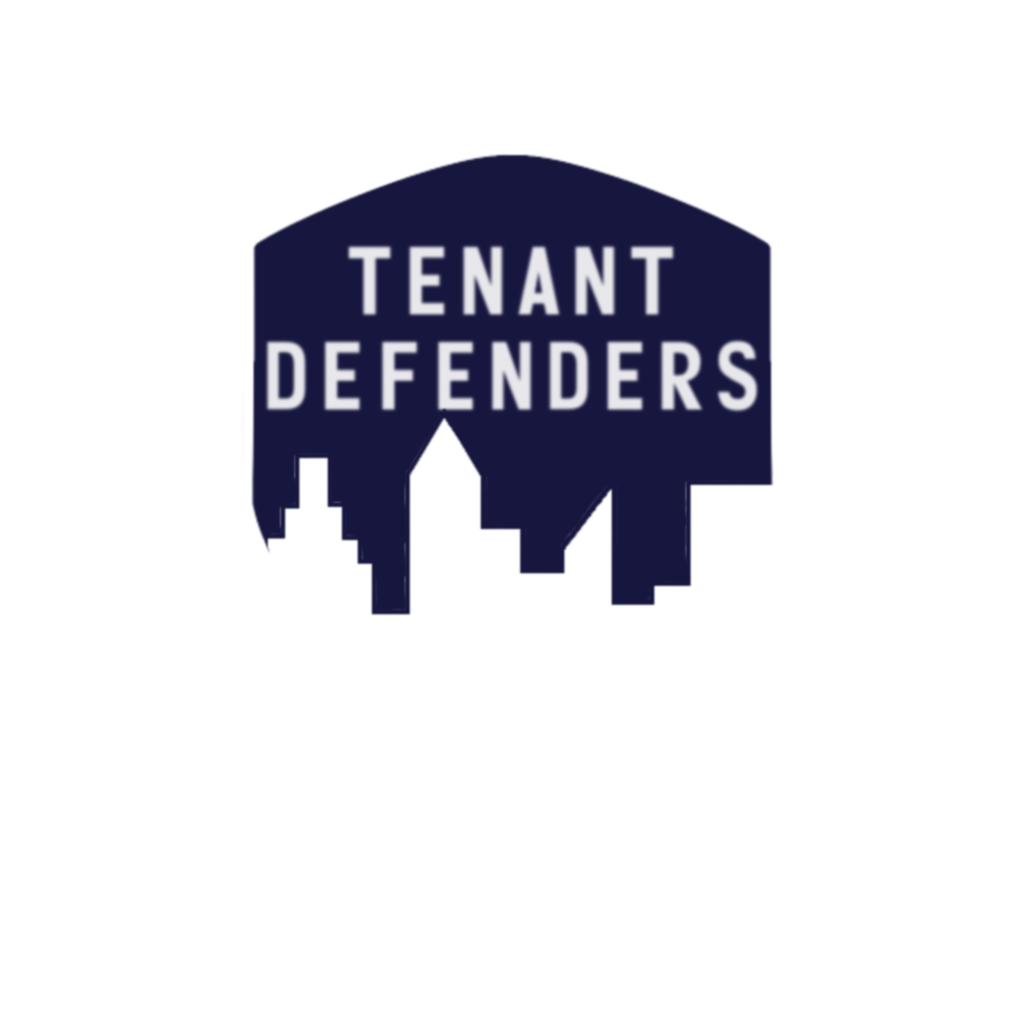Just Cause Eviction Requirements
Summary of Eviction Controls
Statewide eviction controls will prohibit an owner of residential real property (with certain exceptions) from terminating a tenancy without “just cause,” when the tenant has continuously and lawfully occupied the property for 12 months.
The cause for termination must be stated in a written notice to terminate.
In addition, landlords whose rental properties are coverd by the new law must now provide to their tenants a written statement explaining the new protections.
Notice Requirements to Tenants
Owners of residential rental property subject to the new just cause and rent control requirements created by the new Civil Code sections must provide written notice to their tenant explaining how they are now protected against unjust eviction and excessive rent increases. In at least 12 point font the notice must state the following:
California law limits the amount your rent can be increased. See Section 1947.12 of the Civil Code for more information. California law also provides that after all of the tenants have continuously and lawfully occupied the property for 12 months or more or at least one of the tenants has continuously and lawfully occupied the property for 24 months or more, a landlord must provide a statement of cause in any notice to terminate a tenancy. See Section 1946.2 of the Civil Code for more information.
(Civil Code § 1946.2(f)(3))
For any tenancy commenced or renewed on or after July 1, 2020, the landlord or property management must provide an addendum to the lease, or rental agreement, or as a written notice signed by the tenant, with a copy then provided to the tenant.
For those tenancies already existing prior to July 1, 2020, written notice must be given to the tenant no later than August 1, 2020, or as an addendum to the lease or rental agreement.
Exceptions in the Law
Certain residential tenancies, and all commercial tenancies, are exempt from the eviction controls; residential exemptions are listed in California Civil Code section 1946.2, subdivisions (e) and (g), which also refer to other California statutes define certain terms.
Transient and tourist hotel occupancy as defined in subdivision (b) of Section 1940.
Housing accommodations in a nonprofit hospital, religious facility, extended care facility, licensed residential care facility for the elderly, as defined in Section 1569.2 of the Health and Safety Code, or an adult residential facility, as defined in Chapter 6 of Division 6 of Title 22 of the Manual of Policies and Procedures published by the State Department of Social Services.
Dormitories owned and operated by an institution of higher education or a kindergarten and grades 1 to 12, inclusive, school.
Housing accommodations in which the tenant shares bathroom or kitchen facilities with the owner who maintains their principal residence at the residential real property.
Single-family owner-occupied residences, including a residence in which the owner-occupant rents or leases no more than two units or bedrooms, including, but not limited to, an accessory dwelling unit or a junior accessory dwelling unit.
A duplex in which the owner occupied one of the units as the owner’s principal place of residence at the beginning of the tenancy, so long as the owner continues in occupancy.
Housing that has been issued a certificate of occupancy within the previous 15 years.
Most categories of subsidized affordable housing
To summarize, the protections do not apply to newer buildings that have been built within the last 15 years, shared houses where the owner still resides and rents no more than two of the bedrooms, or separate apartments, when the property is a duplex or there is a separate detached legally permitted dwelling on the same parcel, dorms, hospitals, and hotels, and subsidized affordable housing.
The exceptions to the rules also apply to certain kinds of owners. If the residence is separate from the title to any other dwelling unit (meaning a single family residence) the landlord will not have to supply a just cause to evict if both of the following apply:
The owner is not any of the following:
(i) A real estate investment trust, as defined in Section 856 of the Internal Revenue Code.
(ii) A corporation.
(iii) A limited liability company in which at least one member is a corporation.
And
The tenants have been provided written notice that the residential property is exempt from just cause requirements and rent control. Importantly, if the tenancy began before to January 1, 2020, then this paragraph disclosing the fact that the property is exempt from just cause eviction control is not required to be in the rental agreement, however, some form of written notice that the rental property is exempt just cause eviction controls must still be given.
Get legal counsel to resolve uncertainties
Even if you believe that the rental property you live in may not be covered by the law, it is a good idea to speak with an attorney before you jump to any conclusions, or simply accept that your landlord can force you to move for any reason whatsoever.
The expense of getting reliable counsel and advice from a lawyer specializing in landlord/tenant law is very small compared to the cost of moving, or potentially having to face a fight in court unprepared.
The just cause requirements that will now be in place could represent a life changing opportunity for California tenants that are correctly educated on the law and who aren’t afraid to assert their rights. Now is the time for California tenants to stand up and speak up.
I encourage you to use the link below to set up a consultation with an attorney dedicated to defending tenants’ rights.
